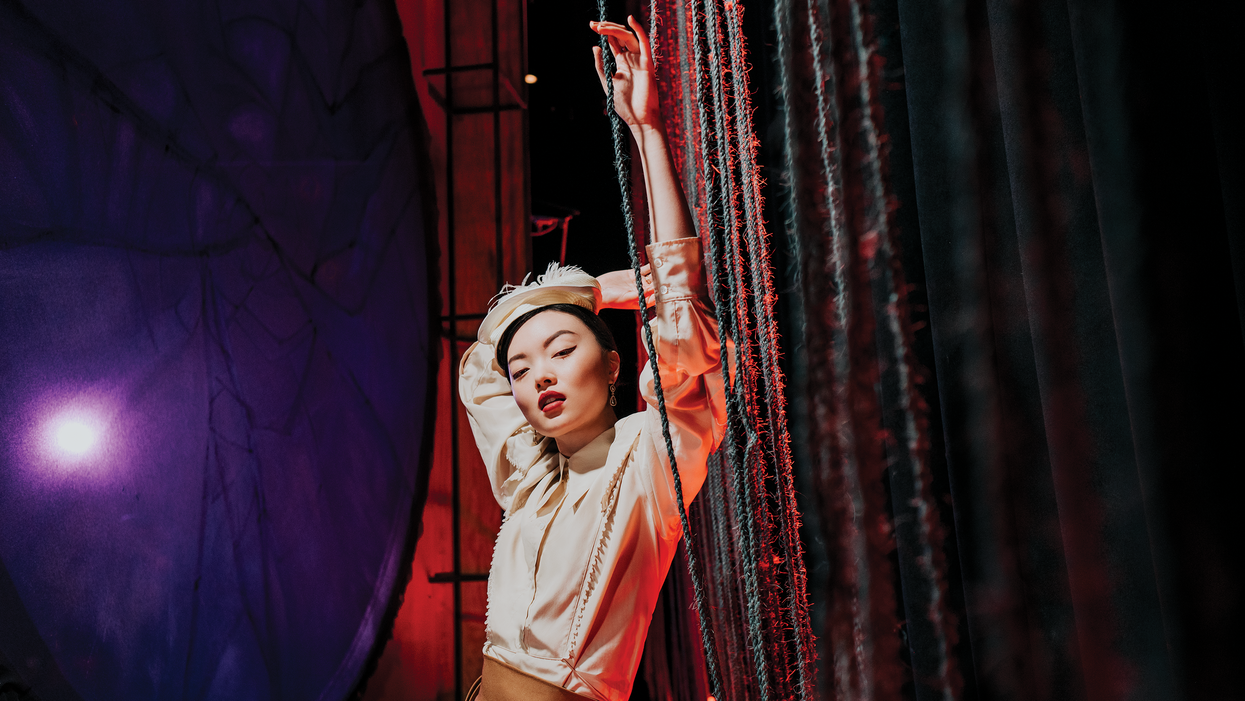
Model Isabel Li wears Stella McCartney, photographed at The Gordy in Montrose (March 2020, photo by Jhane Hoang)
AFTER AN EXTRAORDINARY half-decade for H-Town — multiple once-in-a-lifetime weather events, a World Series win, an epic pandemic and much more — independently published, proudly all-local Houston CityBook marks five years in print this fall. With the gracious support of Deutsch Fine Jewelry, which has appeared as an advertiser on the back cover of every single issue, we look back at our take on the glamour, grit, style and substance of the most fascinating city in America. Get the picture? Presented by Deutsch Fine Jewelry

The cover of the home-subscriber version of the Food Issue, featuring chocolate cake with chocolate coffee mousse at the Annie Café and Bar (Winter 2020, photo by Jenn Duncan)

Astro Alex Bregman and his then fiancé and now wife Reagan Bregman (Summer 2020, photo by Steven Visneau)

A Black Lives Matter demonstration Downtown (Summer 2020, photo by Daniel Ortiz)

Surgeon Lashondria Simpson-Camp and twin Shalondria Simpson, photographed at their Midtown med spa for a 'Duos' feature (October 2019, photo by Jhane Hoang)

A model at the annual Sexy Party and fashion show, at Clé (October 2019, photo by Jhane Hoang)

Model Gabriella Pawelek wears Brunello Cucinelli, photographed Downtown at C. Baldwin Hotel (September 2019, photo by Samantha Jane Beatty)

Giorgio and Cathy Borlenghi photographed in their Stablewood home (October 2019, photo by Jack Thompson)

Musician Luke Whitney, photographed in Montrose (Summer 2020, photo by Steven Visneau)















 Frederica von Stade (photo by Michelle Watson)
Frederica von Stade (photo by Michelle Watson)


 Jonathan and Ann Ayre and Rachel and Warren Ellsworth (photo by Michelle Watson)
Jonathan and Ann Ayre and Rachel and Warren Ellsworth (photo by Michelle Watson)








 Tiffany Sebastian, Kristin Bingham and Amanda Abiassi (photo by Dave Rossman)
Tiffany Sebastian, Kristin Bingham and Amanda Abiassi (photo by Dave Rossman)